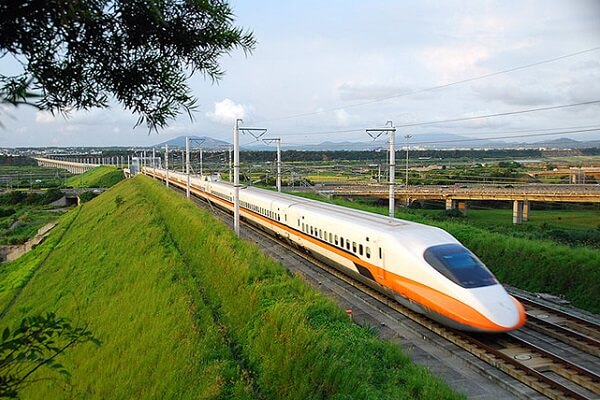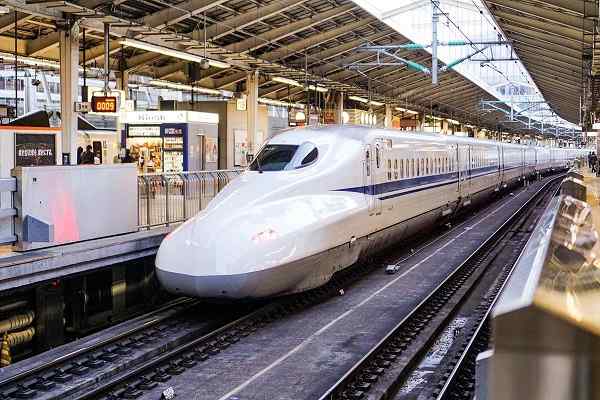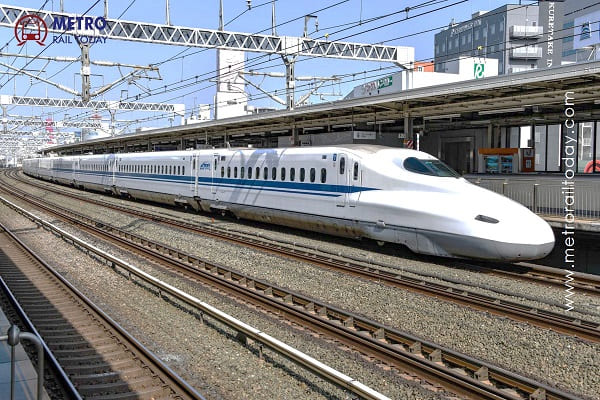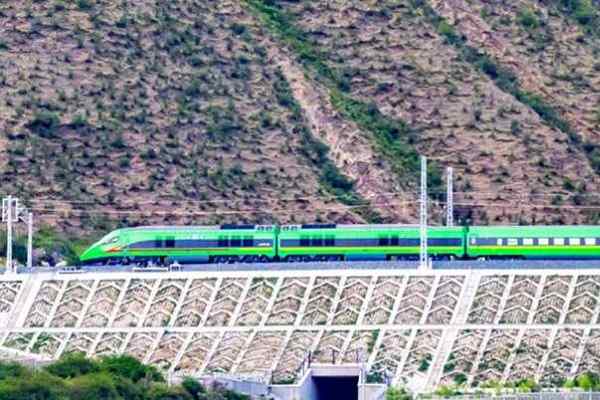 Saudi Arabia and Qatar Sign Landmark Agreement for Riyadh–Doha High-Speed Rail Link
Saudi Arabia and Qatar Sign Landmark Agreement for Riyadh–Doha High-Speed Rail Link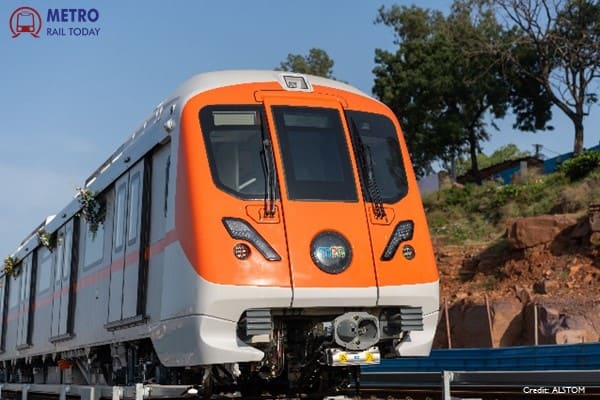 PM Narendra Modi to inaugurate Bhopal Metro operations on December 20, CMRS approval received
PM Narendra Modi to inaugurate Bhopal Metro operations on December 20, CMRS approval received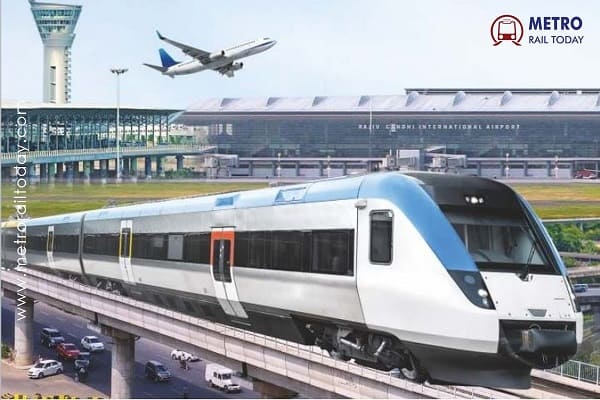 Centre orders NCRTC to prepare revised DPR for ₹20,637 crore Delhi-Noida Airport RRTS Corridor
Centre orders NCRTC to prepare revised DPR for ₹20,637 crore Delhi-Noida Airport RRTS Corridor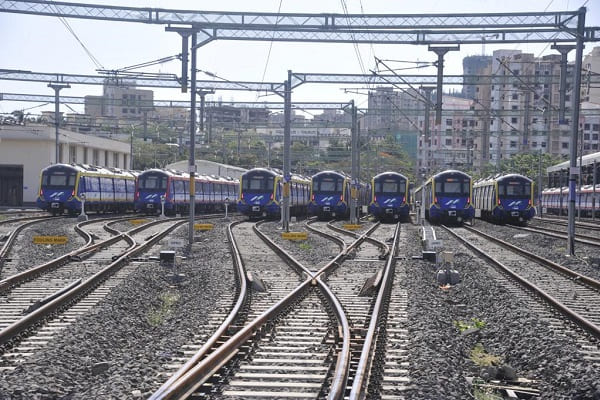 Mumbai Metro deploys Indigenous AI-Based Wheel Profile Monitoring System in Charkop Depot
Mumbai Metro deploys Indigenous AI-Based Wheel Profile Monitoring System in Charkop Depot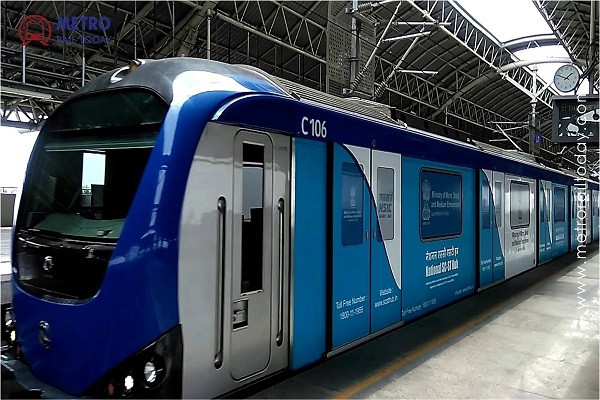 ADB approves $240 million loan to accelerate Chennai Metro Phase 2 Expansion
ADB approves $240 million loan to accelerate Chennai Metro Phase 2 Expansion Kalpataru Projects-HG Infra Engg JV bags ₹1,415 Crore EPC Contract for Thane Metro Rail Project
Kalpataru Projects-HG Infra Engg JV bags ₹1,415 Crore EPC Contract for Thane Metro Rail Project MAHA Metro floats ₹223.70 Crore Civil Tender for Six Elevated Stations of Thane Metro Rail Project
MAHA Metro floats ₹223.70 Crore Civil Tender for Six Elevated Stations of Thane Metro Rail Project Construction begins on Delhi Metro Phase 4's Saket G Block–Lajpat Nagar Corridor
Construction begins on Delhi Metro Phase 4's Saket G Block–Lajpat Nagar Corridor Kerala proposes RRTS as alternative to K-Rail Silver Line, Eyes faster clearances under Metro Policy
Kerala proposes RRTS as alternative to K-Rail Silver Line, Eyes faster clearances under Metro Policy India’s Metro Rail Network crosses 1,080 km as Southern States drive expansion
India’s Metro Rail Network crosses 1,080 km as Southern States drive expansion
SCR submits final alignment report for 778 km Hyderabad–Chennai High-Speed Rail Corridor
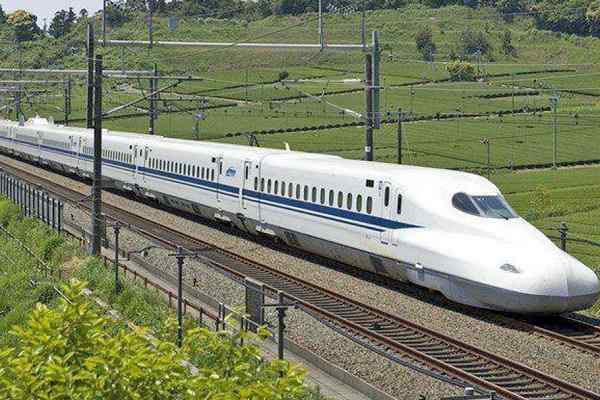
Chennai, India (Metro Rail Today): The ambitious 778-km Hyderabad–Chennai High-Speed Rail Corridor — one of India’s most transformative upcoming inter-city mobility projects — has taken a major step forward with South Central Railway formally submitting the revised final alignment to the Tamil Nadu government. The alignment will now be incorporated into the Detailed Project Report (DPR), paving the way for accelerated surveys and approvals.
Officials confirmed that the DPR will be finalised within a month once the Tamil Nadu government gives its clearance. I. Jayakumar, Member Secretary of the Chennai Unified Metropolitan Transport Authority (CUMTA), told that the state’s request to route the corridor via Tirupati instead of Gudur has been incorporated in the revised plan.
The corridor is engineered to slash the current 12-hour Chennai–Hyderabad travel time to just around 2 hours and 20 minutes. In Tamil Nadu, the line will feature two stations — Chennai Central and a new high-speed rail station near Minjur on the Ring Road. South Central Railway has also requested approximately 50 acres of land around each station for transit-oriented development (TOD), aiming to create new commercial and mobility hubs anchored around the high-speed network.
In its communication to the Tamil Nadu transport department this week, the railway zone sought early finalisation of the alignment and station locations, in-principle approval for land acquisition, and inclusion of the high-speed corridor in the state's long-term infrastructure master plan. It also proposed joint field inspections with state officials — a key step to ensure the Final Location Survey remains on schedule.
A Key Pillar in India’s Expanding High-Speed Rail Vision
The Hyderabad–Chennai bullet train corridor is one of two major high-speed routes proposed for southern India — the other being Hyderabad–Bengaluru. Both are part of the Centre’s broader push to scale up India’s high-speed rail ecosystem beyond the Mumbai–Ahmedabad line and connect emerging urban and industrial clusters across Telangana, Andhra Pradesh, Karnataka and Tamil Nadu.
The initiative has received political momentum as well. Andhra Pradesh Chief Minister N. Chandrababu Naidu recently announced that survey work was already underway, declaring that South India would “very soon” witness its first operational high-speed corridor linking Hyderabad, Chennai, Amaravati and Bengaluru.
What the Alignment Means for Tamil Nadu
The 61-km stretch within Tamil Nadu includes two strategically placed stations — Chennai Central and the upcoming Minjur/Ring Road HSR station. Based on detailed surveys conducted by RITES Limited, the land requirement for this section is estimated at 223.44 hectares. Officials stated that no forest land falls in the alignment, a factor expected to significantly ease environmental and statutory clearances.
The alignment crosses 65 roads and 21 high-tension electricity lines, requiring coordinated planning between railway engineers, highway authorities and utility agencies. The stretch also includes one of the most technically challenging components of the entire corridor — an 11.6-km tunnel that will undergo detailed geotechnical investigations before construction processes are finalised.
The proposed line will pass close to several northern suburbs of Chennai, including Pondavakkam, Thatchoor, Vichoor, Mathur and the Tondiarpet belt. Given the dense habitations and narrow access corridors in parts of these areas, engineers will need to carefully plan construction staging, logistics and mitigation measures to minimise disruption.
Mrs. Mamta Shah, MD & CEO of Urban Infra Group, said the latest milestone reflects India’s accelerating commitment to next-generation mobility.
“High-speed rail has the power to fundamentally reshape how Indian cities connect, work and grow. The Hyderabad–Chennai corridor will anchor a new era of economic integration in the South, and its progress shows how quickly India is moving towards world-class transport infrastructure.”
With state consultations now entering the final stage, the Hyderabad–Chennai high-speed rail project is edging closer to the next phase of development — one that could redefine long-distance travel across peninsular India and reinforce Chennai’s role as a central node in the country’s emerging bullet train network.





